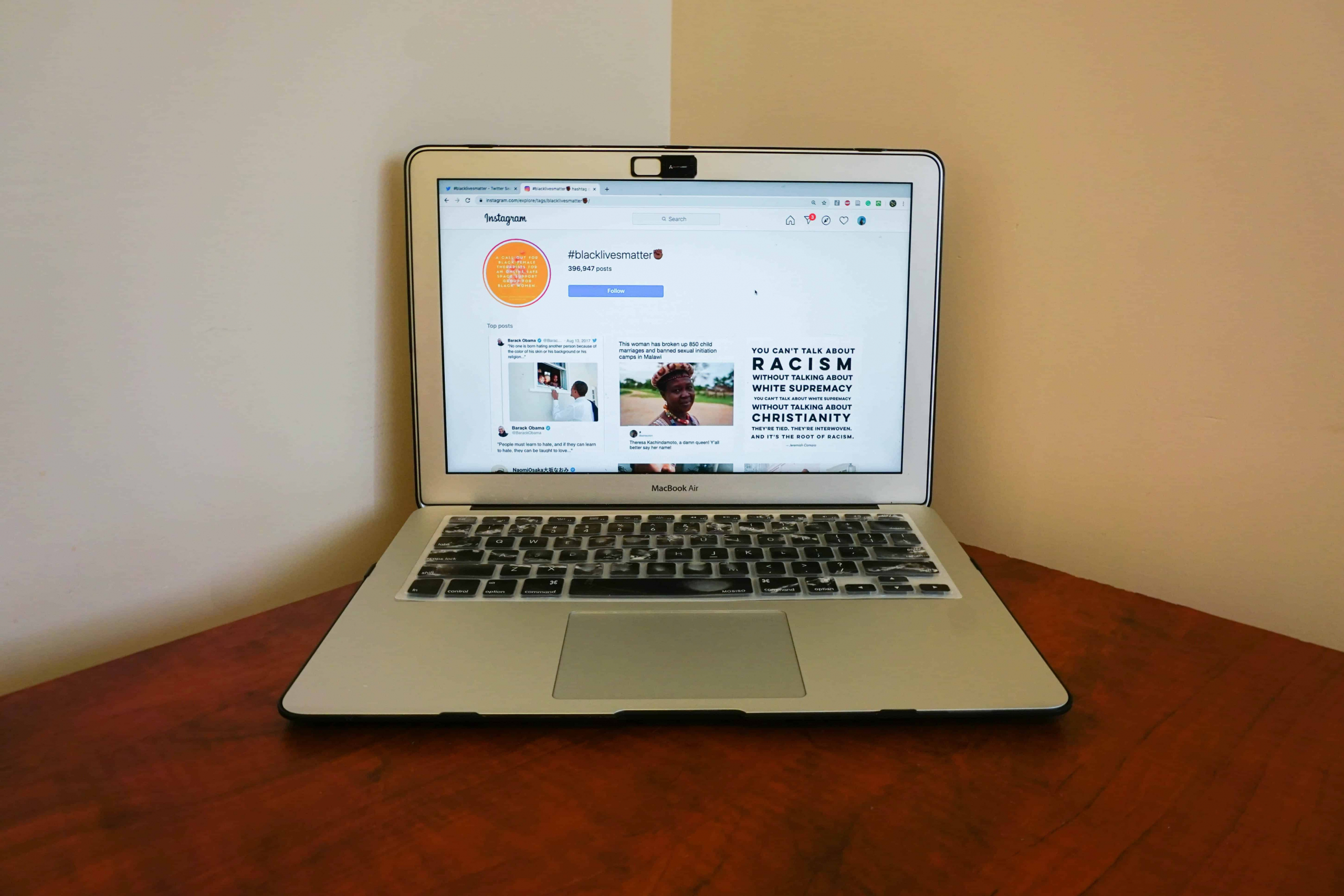Almost three weeks have slowly and painfully come and gone since May 25. Protesters continue to fill cities across the globe in collective grief at the institutionalized discrimination and violence that resulted in the murder of George Floyd. His death represents only one of the latest in a long line of heavily publicized acts of violence against Black people across North America.
This was not an isolated or unintentional incident — in fact, it represents a cog in the larger machine of systemic marginalization and oppression based on unjustifiable prejudice. Such marginalization and oppression have become part of the fabric of national reality, both in Canada and the United States.
Though we may not believe that we are part of the problem, we are all complicit in its perpetuation. This lies in the understanding that awareness of prejudice, on its own, is not enough. Being anti-racist requires action.
The murders of Floyd, Ahmaud Arbery, and Breonna Taylor in the past months — as well as the death of Regis Korchinski-Paquet — have culminated in a slew of responses on social media. People rushed to mourn the lives of those lost at the hands of white supremacy and enablement. They also prepared themselves for a campaign to tackle and dismantle the prejudice that perpetuates and normalizes such crimes.
But with the saying that history repeats itself, will campaigns like this — no matter how jarring and transformative — continue to die down and re-emerge? In order for us to reach the summit of this struggle against racialized violence, we need to realize the impact of collective contribution and dedication.
In the era of social media, recorded evidence and testimonies about anti-Black racism and police brutality have been amplified: both in prevalence and recognition. The new-found accessibility of this information serves to shatter a fragile illusion of reality we have built around ourselves, that racism — especially in Canada — has somehow been solved.
If anything, the pulling back of this veil for many people has shown that acts of violence against Black communities do not represent glitches in the system. They are rather a direct result of the current structures of policing and law enforcement, and the agenda of mass incarceration that prevails in Canada and the United States.
To place the blame of such senseless crimes on anything other than institutionalized violence would disrespect the reported and unreported Black and Indigenous bodies lost or injured because of it.
Social media is key for disseminating grassroots and on-the-ground information. We can easily familiarize ourselves with the lived experiences of people across the globe and can access information about current injustices and the movements of struggle against them — even when major media outlets fail to draw attention to them. This ease of access then leaves us responsible for our own awareness of and exposure to the stark reality that racialized people live within and are exposed to.
Our ability to understand the injustice that underpins our national existence through knowledge accessible to us through social media does not come without responsibility. This ease of access to reality forces us to realize that awareness and education on its own is only the first step in a long, winding road toward dismantling systemic injustice. Remaining silent through such pivotal moments should no longer be an option, but what happens when we realize that awareness on its own is not enough?
To bring this topic closer to home, let us reflect on an exchange that took place at Massey College in September of 2017. Senior Fellow Michael Marrus approached a Black junior fellow and told them, “You know this is your master, eh? Do you feel the lash?” in reference to Principal of Massey College Hugh Segal, whose title at the time was “Master.”
For some, such an occurrence seems out of place and frankly disruptive to the normal codes of human conduct and interaction. But a closer observation of the context of such interactions in Toronto, and in a postsecondary institute such as the University of Toronto, only goes to show that this harmful conduct remains a normalized part of social interactions — more than we would like to admit.
This normalization only further proves the impact of what has become a culture of casual racism that gets slipped into mundane experiences and interactions. It is the voice of protest, both physical and digital, in these interactions that fuel the fires of awareness and the constant fight against injustice. This same voice of protest is what carried the fight for justice forward when Floyd was tragically murdered.
Even in the midst of this current push for retribution, justice, and autonomy, it may feel easy to turn a blind eye once there is something new to watch. I urge you to keep this movement visible, to keep it in your consciousness, and to keep this struggle for justice an inherent part of our humanity and humility.
Yasmeen Atassi is a fourth-year history and human biology student at St. Michael’s College. She is currently the opinions editor for The Mike and the former vice-president social advancement of the Muslim Students’ Association.


